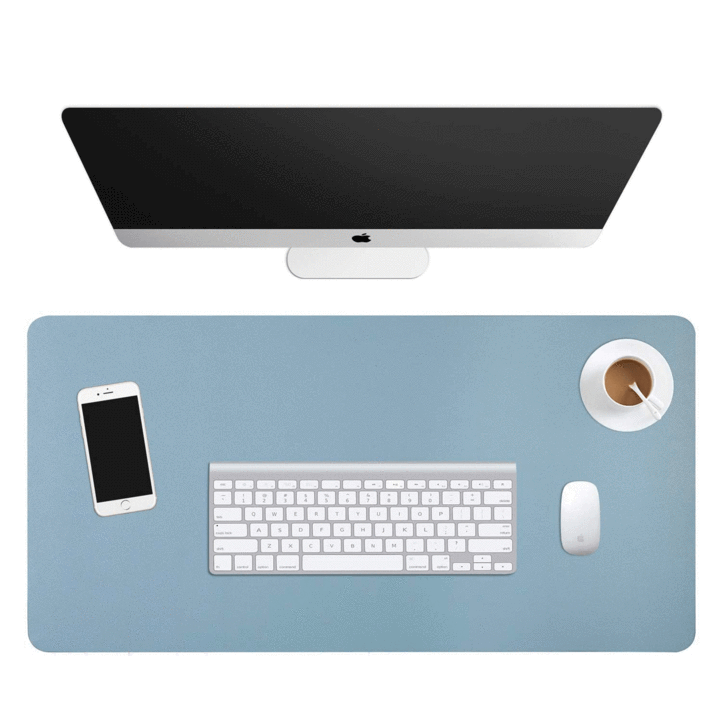
Mousepads have evolved significantly since their inception, transitioning from a mere accessory to an essential tool in today's digital age. From the early days of basic wired models to the sophisticated devices of modern times, mousepads have become integral to computing experiences. This article explores the transformative journey of mousepads, highlighting their types, features, and significance.
One of the most notable advancements in mousepads is the shift to wireless technology. Wireless mousepads offer unparalleled freedom, eliminating the hassle of tangled wires. Rechargeable batteries ensure extended use, making them ideal for professionals, gamers, and office workers. Their portability and convenience have made them a popular choice, adapting to the dynamic needs of modern users.
Touch-sensitive mousepads represent another leap forward. Here is more regarding web site have a look at our web page. These surfaces can detect multiple touch points, enabling gestures like scrolling, zooming, and rotating images. This feature is particularly beneficial for creative professionals, photographers, and designers who require precise control. Additionally, some models support handwriting recognition, facilitating note-taking during meetings or brainstorming sessions.
Customization options have greatly enhanced the user experience. Many mousepads allow assigning shortcuts or macros to specific areas, streamlining workflows. Developers and coders benefit from mapping complex commands, while gamers optimize sensitivity and responsiveness for competitive play. This level of personalization ensures mousepads are adaptable to individual preferences and tasks.
Ergonomic design is another critical factor. Modern mousepads are crafted to reduce wrist strain, with adjustable heights and tilt angles for comfort. This is vital for those who spend long hours at their desks, such as office workers and gamers, promoting better posture and productivity.
Advanced features like gesture control and haptic feedback further enhance interaction. These features offer precise tracking and tactile feedback, crucial for applications like graphic design and 3D modeling. They provide an immersive experience, making mousepads an indispensable tool for various tasks.
In conclusion, mousepads have become vital in modern computing. Their evolution reflects technological advancements, catering to diverse user needs. Whether for productivity, gaming, or creativity, a quality mousepad enhances efficiency and comfort. As technology advances, future mousepads may offer even more innovative features, further transforming how we interact with our devices.




